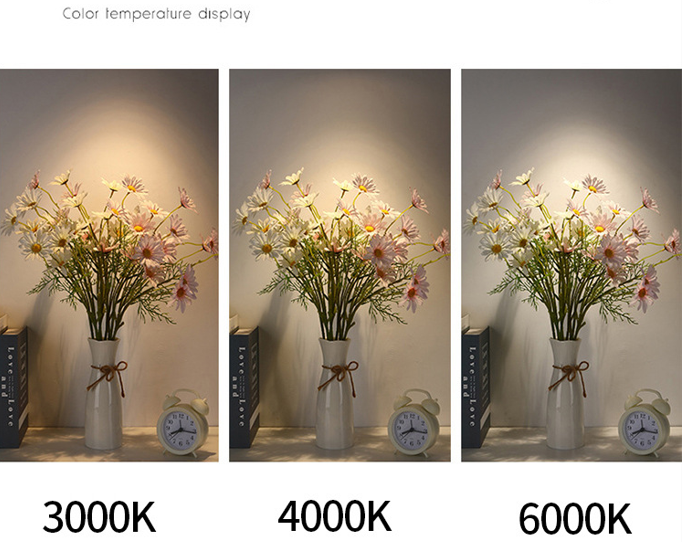Color temperature of LED lights should be selected according to specific application place, different application place choose differnet color temperature.
First, what is color temperature?
Color temperature, generally speaking, it is the feeling that the human eye sees a light source. The color of the light is yellow or white, cold or warm. And people's needs for color temperature vary at different application place. The color temperature value lower, the light color warmer; the color temperature value highier, the light color colder, different color temperatures gives a completely different atmosphere and feelings.
Then, how to choose suitable color temperature?
1. In home lighting, it is generally recommended to use a color temperature of 3500K-4500K. 3500K is warm, appearing lazy and relaxed, giving people a warm feeling. The warm white light of around 4500K makes people happy and comfortable.
2. Lighting options selected based on different usage in different home spaces. For example, if the bedroom uses LED lights with a color temperature of over 5000K, excessive blue light in the lights will inhibit the release of melatonin by the brain, leaving people in a state of high energy just like the office, increasing difficulty in falling asleep, reducing sleep quality, and affecting physical and mental health.But a color temperature of around 3000-3500k allows people to completely relax during a busy day and relieve the fatigue of the day. It is very beneficial for sleep.
3. Similarly,places where have been working or staying for a long time should not exceed 5000K.The color temperature of rooms, bedrooms, wards, bars, and other spaces should be less than 3500K.
4. The general choice for office space is 4000-5000K, as it is closer to natural light, giving people a bright feeling, making them more focused and able to quickly enter the working state, thereby improving work efficiency.
When choosing color temperature, psychological and aesthetic issues need to be considered, but it depends more on factors such as illumination, color of indoor surfaces and furniture, climate environment, and application site conditions. Usually, warm color temperature used in low illumination needs places, intermediate color temperature used in moderate illumination need places, and cold color temperature used in high illumination need places. Additionaly, in warm climate conditions, a cold color temperature preferred, and in cold conditions a warm color temperature preferred. Generally, middle color temperature is used more.
